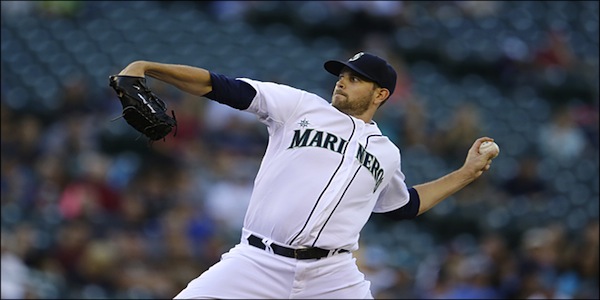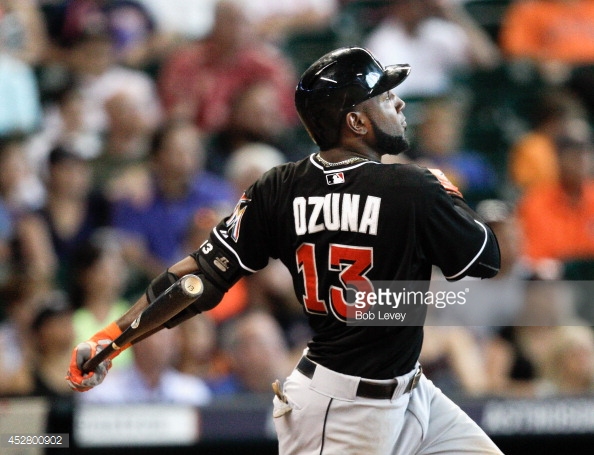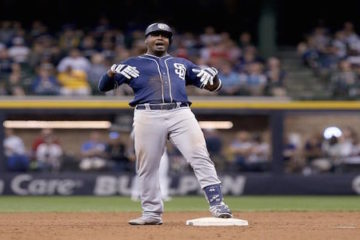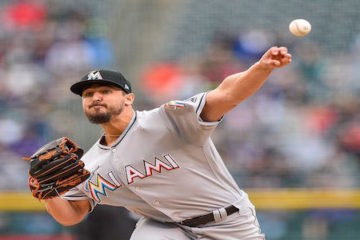2017 Fantasy Baseball: The Fielding Chronicles– Chicago Cubs
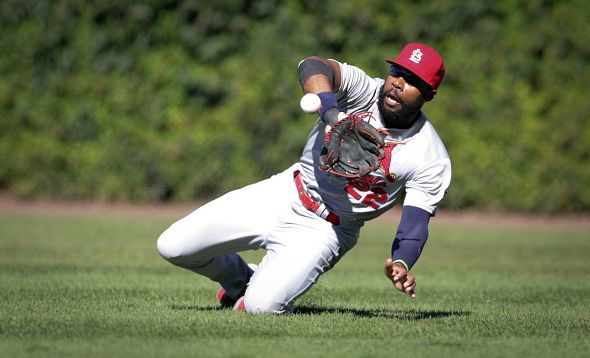
Not only did the Cubs win the World Series last season, but they were the best team in baseball hands down. In the 100 plus year history of the World Series, very few teams have actually led the big leagues in runs scored and allowed the fewest runs in the same season. Obviously it takes a lot of planning and work to build a roster capable of doing that. Leading the league in runs allowed means you also are probably pretty darn good at fielding as well.
We have been tracking the fielding numbers for all of the teams using the Fielding Bible’s defensive runs saved (DRS) at billjamesonline.com. They do a good job of keeping track of every active player and also break each team’s numbers down by position. They also note how many runs a team saves through shifting. Finally, we also will take a look at the defensive efficiency rating (DER) from baseball-reference.com.
DER calculates the percentage of balls in play a team converts into outs. In other words, it is the inverse of batting average on balls in play (BABIP). Sometimes teams get lucky and outperform their fielding numbers and sometimes the pitchers might be adept at getting weaker contact. Either way, we want to look at the numbers so that we can determine which pitchers you should target throughout the year.
Team Overview
| Infield | Outfield | Shifts | Total | Rank | DER | Rank | |
| 2014 | -15 | -21 | +3 | -33 | 15th | .680 | 12th |
| 2015 | +44 | -26 | +10 | +28 | 5th | .695 | 3rd |
| 2016 | +65 | +30 | +12 | +107 | 1st | .728 | 1st |
To say the Cubs were the best fielding team in the majors really doesn’t do it justice. Any team that has a .272 BABIP against is going to dominate and they certainly did. Of course, this is a double-edged sword. A number of fantasy players bid heavily on Kyle Hendricks, Jon Lester, and Jake Arrieta based on their performance last season. Odds are that the Cubs will not perform as well in terms of DER because it is just too difficult historically to put back to back seasons like this up.
Of course, this did make some individual changes that we will address later that could impact these numbers either way. However, in general they have done a great job of building a great defensive infield that ground ball pitchers can rely on. They may have gotten off to a slower start then we would expect, but cream usually rises to the top.
Strongest Fielder
The Cubs took a beating in the baseball community for Jason Heyward’s offensive struggles last season. However, he has been plus 68 runs over the past three seasons. That means he has been worth approximately six wins alone with his glove over the past three seasons. Add that many wins with the bat (which is not out of the question) and you have one of the more valuable right fielders in the business. So far, he has been hitting this year, so he should be worth the money.
Weakest Fielder
While the numbers would not seem to indicate it, the weakest fielder on the squad has to be Kyle Scwarber. That is also one of the reasons why they may not be as good in 2017 as they were last season. He was supposed to be the guy last year and while they lost a lot of offense when he went down with the ACL tear, they gained some on the defensive end. He was six runs below average in 2015 and that was over the course of half the season.
Key Changes
In addition to adding Kyle Schwarber (in all pretense and purposes) they also replaced Dexter Fowler with Jon Jay. Jay is more or less a part-time player at this point, but he has been neutral defensively over the past three seasons. Fowler is much better offensively, but he was a defensive liability for much of his career. If you add those two changes together you hopefully get a wash defensively and offensively.
The Pitchers
Two pitchers on the staff bring ground ball rates above 50 percent. Not surprisingly, Jake Arrieta (54 percent) and Kyle Hendricks (51 percent) enjoyed great seasons the last couple of seasons. With the outfield improvement, Jon Lester also enjoyed arguably his best season of his career last year (48 percent). All three are upper echelon fantasy hurlers and should be on your fantasy radar all season. Obviously all three were drafted or bought early on, but they could come up in trades if you keep your eye on them.
John Lackey has a ground ball rate around the league average and it isn’t too surprising that he has struggled the most this season. The nature of sleepers and busts are fascinating. At the beginning of the season he would have been considered as a bust candidate. Now, that he has gotten off to a slow start he could be a sleeper from this point forward. If he gets dropped he should be an immediate add.


